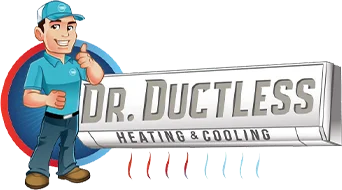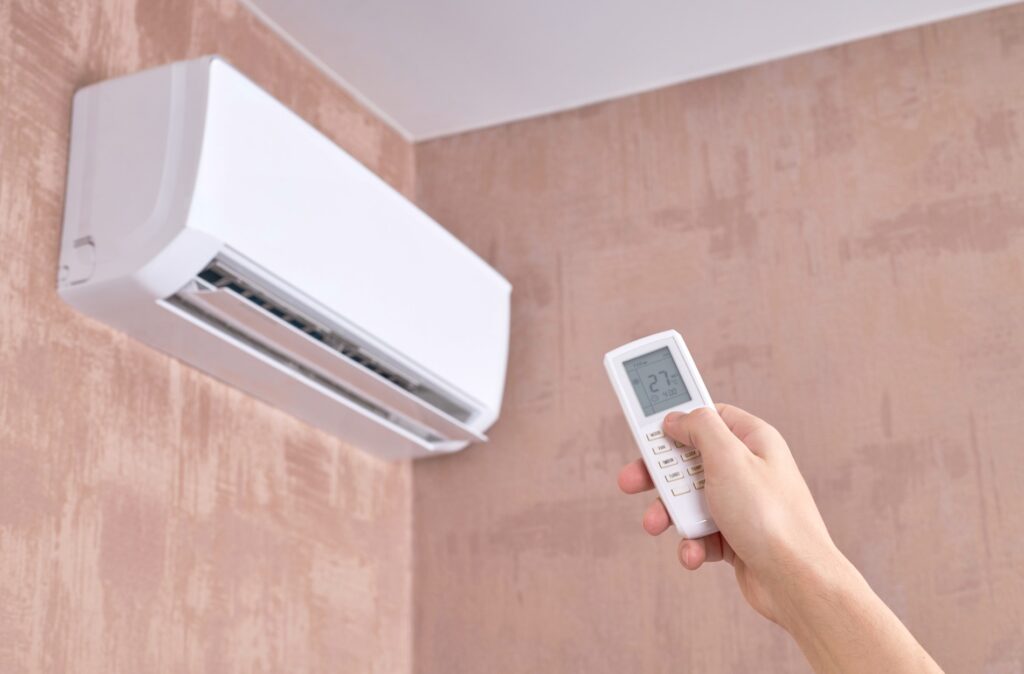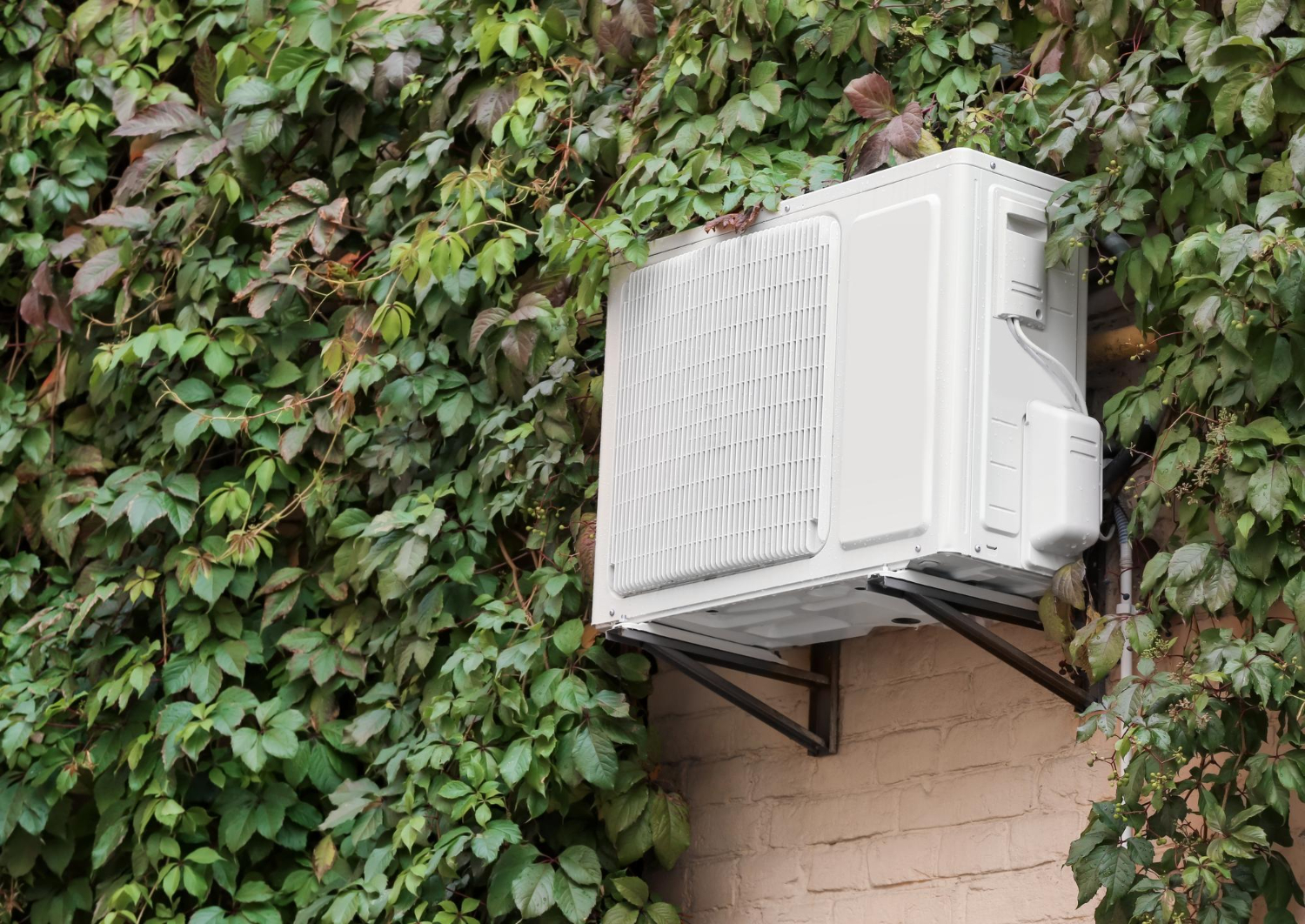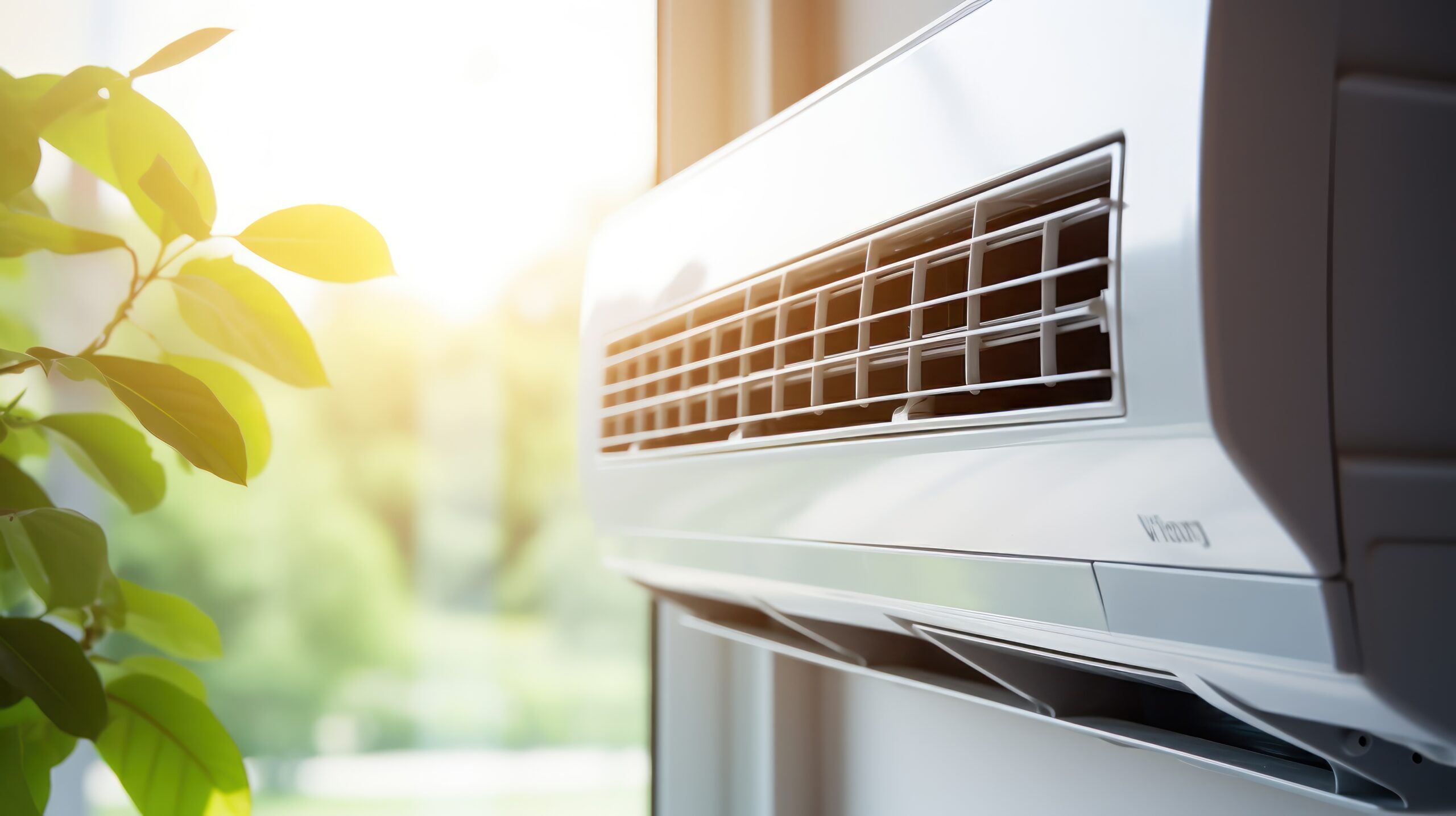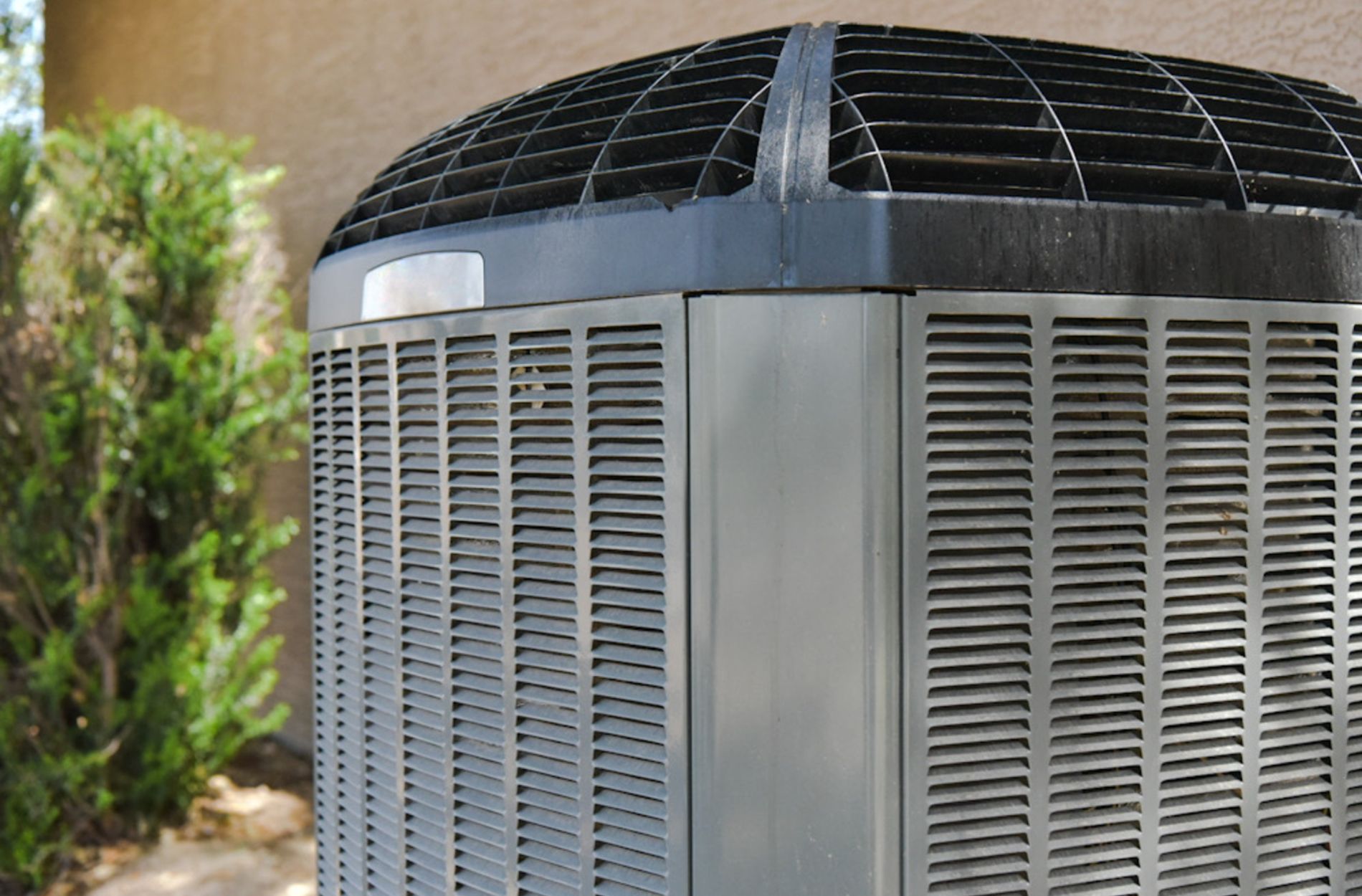Ensuring your home stays warm during colder months involves more than just installing a ductless heater. Insulation plays a crucial role in maintaining a comfortable indoor environment. Proper insulation not only keeps cold air out but also traps warm air inside, making your heater work more efficiently.
Understanding the Role of Insulation in Heating Efficiency
Insulation serves as a thermal barrier that helps maintain a stable indoor temperature by reducing the rate of heat flow. When a home is well-insulated, it retains warm air during the winter and cool air during the summer, minimizing the workload on your heating and cooling systems. For ductless heater installations, proper insulation is crucial in maximizing their efficiency and effectiveness.
Without adequate insulation, heat generated by your ductless heater escapes through gaps and poorly insulated walls or ceilings. This results in the heater working harder to maintain the desired temperature, which leads to increased energy consumption and higher utility bills. Proper insulation ensures that the heat stays inside, allowing your ductless heater to maintain a consistent temperature with less effort and energy usage.
Insulation also improves overall home comfort by eliminating drafts and cold spots, providing a uniform temperature throughout your home. Whether you have a ductless heater installed in one room or across multiple zones, the effectiveness of these systems heavily relies on the quality of your home’s insulation. Thus, investing in proper insulation can greatly enhance the performance and lifespan of your ductless heater.
Types of Insulation and Their Impact on Ductless Heater Efficiency
Different types of insulation materials are available, and each has its strengths and applications. Understanding their characteristics helps you choose the right one for your home and optimize your ductless heater installation.
1. Fiberglass Insulation: This widely used type of insulation is made from fine glass fibers. It is available in batts, rolls, and loose-fill forms. Fiberglass insulation is effective at trapping heat and is fire-resistant. It is commonly used in walls, attics, and floors.
2. Spray Foam Insulation: Spray foam expands upon application, filling gaps and sealing air leaks. It offers high R-values and is excellent for insulating hard-to-reach spaces and irregularly shaped areas. This type of insulation is ideal for achieving airtight seals, which greatly enhance heater efficiency.
3. Cellulose Insulation: Made from recycled paper products, cellulose insulation is an eco-friendly option. It is treated to be fire-resistant and provides good thermal protection. Cellulose is often used in attics and wall cavities.
4. Rigid Foam Insulation: This type of insulation is available in rigid panels and provides excellent thermal resistance. Rigid foam is suitable for insulating roofs, walls, and foundations. It also acts as a barrier against moisture.
5. Reflective or Radiant Barrier Insulation: Reflective insulation consists of reflective materials that block radiant heat. It is often used in attics to reduce heat gain during summer and heat loss during winter.
Selecting the right type of insulation depends on your home’s specific needs and the areas you aim to insulate. Each type contributes differently to maintaining indoor temperatures, thus impacting the overall efficiency of your ductless heater. Adequate insulation ensures that your ductless heater operates at its best, providing consistent warmth without unnecessary energy expenditure.
Best Practices for Insulating Homes with Ductless Heaters
Effective insulation starts with identifying the areas in your home that need attention. Prioritizing insulation in critical areas such as attics, walls, and floors helps maximize the performance of your ductless heater installation.
1. Seal Gaps and Cracks: Before adding insulation, seal any gaps, cracks, and holes in your walls, floors, and ceilings. Use caulking or weather stripping to close these gaps. This prevents air leaks, making your insulation more effective.
2. Insulate Attics and Crawl Spaces: These areas are common sources of heat loss. Installing insulation in your attic and crawl spaces helps retain heat and improves the overall efficiency of your ductless heater.
3. Wall Insulation: Insulating your walls is crucial, especially in older homes that may lack adequate insulation. Consider using spray foam or rigid foam for high efficiency.
4. Floor Insulation: Add insulation under floors, especially if there are unheated spaces below, like basements or crawl spaces. This stops heat from escaping through the floor.
5. Ventilation and Moisture Control: Proper ventilation and moisture control prevent damage to insulation. Ensure your home has adequate ventilation to maintain the effectiveness of insulation and avoid mold growth.
Implementing these best practices ensures your home remains warm and energy-efficient, enhancing the performance of your ductless heater.
Professional Tips for Maximizing Heater Efficiency Through Insulation
Consulting with our professionals provides valuable insights into maximizing the efficiency of your ductless heater through proper insulation. Here are some expert tips to consider:
1. Conduct an Energy Audit: An energy audit identifies areas where your home is losing heat. Our professionals can perform a detailed audit, pinpointing critical areas for improvement and suggesting the best insulation solutions.
2. Use High-Quality Materials: Investing in high-quality insulation materials ensures better performance and durability. Our technicians recommend the best options based on your specific needs and budget.
3. Maintain Your Insulation: Regularly inspect and maintain your insulation to ensure it remains effective. Areas like attics and basements may require periodic checks to address any damage or wear.
4. Upgrade Insulation When Necessary: Over time, insulation can degrade. Upgrading outdated or ineffective insulation materials can significantly improve your home’s energy efficiency and the performance of your ductless heater.
5. Professional Installation: Rely on our professionals for proper insulation installation. Expertise ensures that insulation materials are installed correctly, achieving maximum efficiency and performance.
Following these professional tips helps create a more comfortable and energy-efficient home environment, optimizing your ductless heater’s capabilities.
Conclusion
Insulation is a vital component in ensuring the efficiency and effectiveness of your ductless heater installation. Proper insulation creates a thermal barrier that keeps your home warm, reduces energy consumption, and lowers utility bills. Understanding the different types of insulation and following best practices allows you to make informed decisions that benefit your home’s comfort and energy efficiency.
By implementing professional tips from Dr. Ductless Heating & Cooling, you can further enhance the performance of your ductless heater. Regular maintenance and upgrading insulation when necessary ensure long-term benefits. A well-insulated home not only provides warmth but also contributes to a more sustainable and cost-effective living environment.
Are you ready to improve the efficiency of your ductless heater installation in Los Angeles? Contact us today for expert guidance and professional insulation services.
